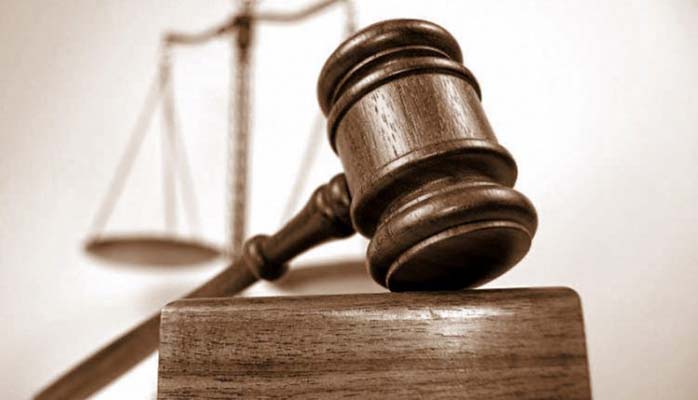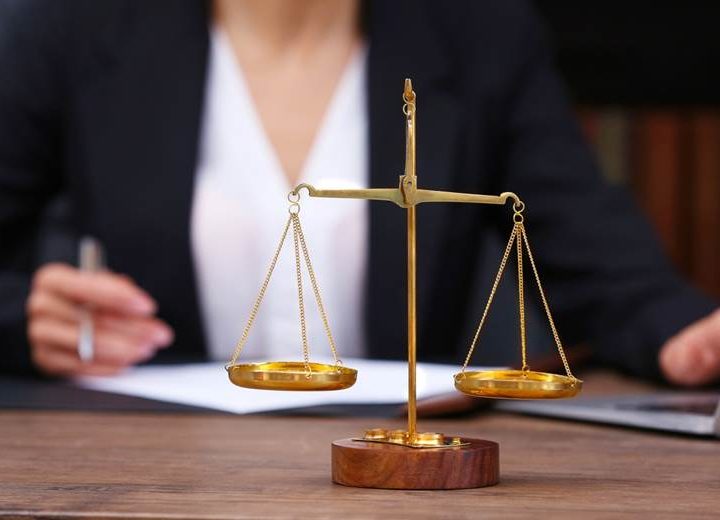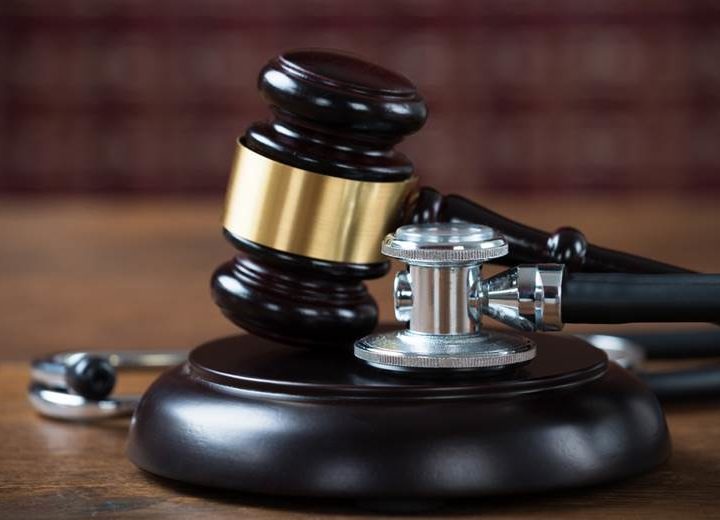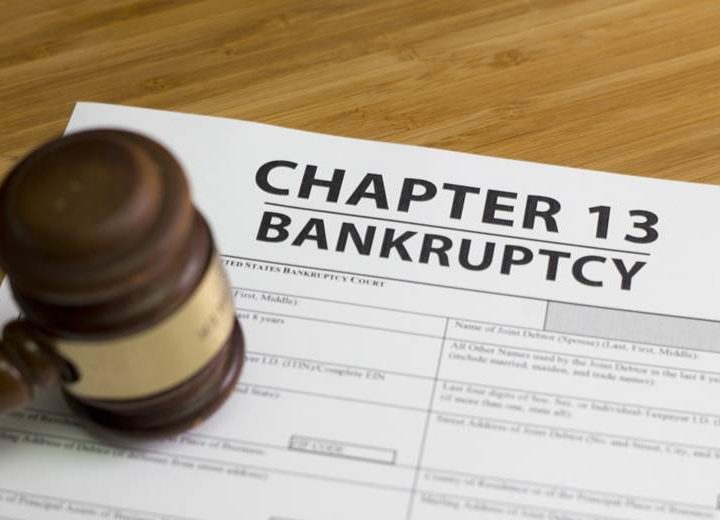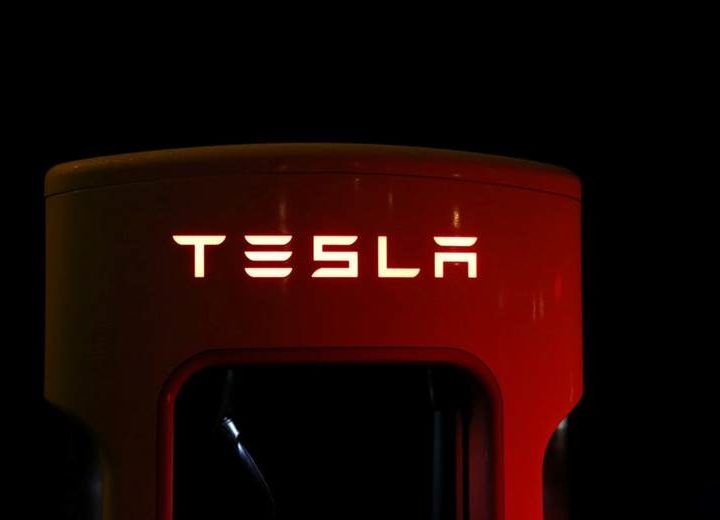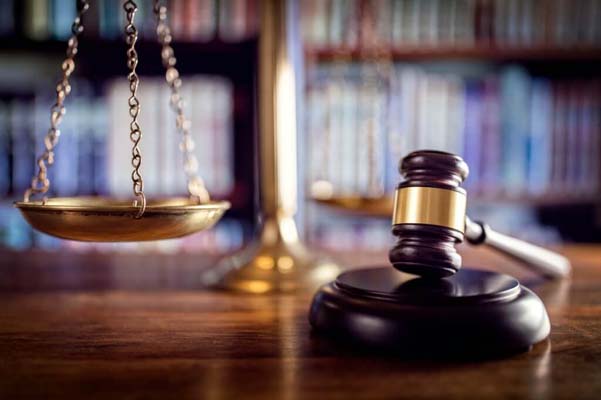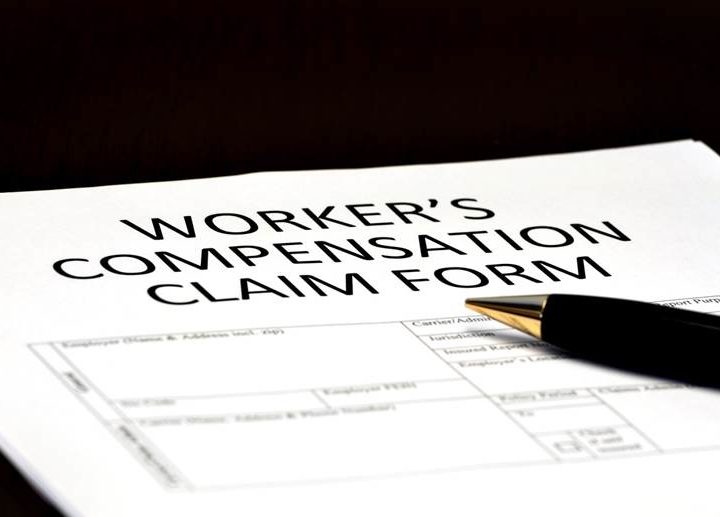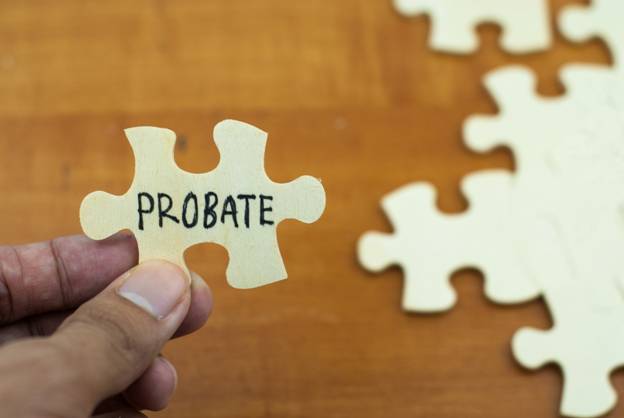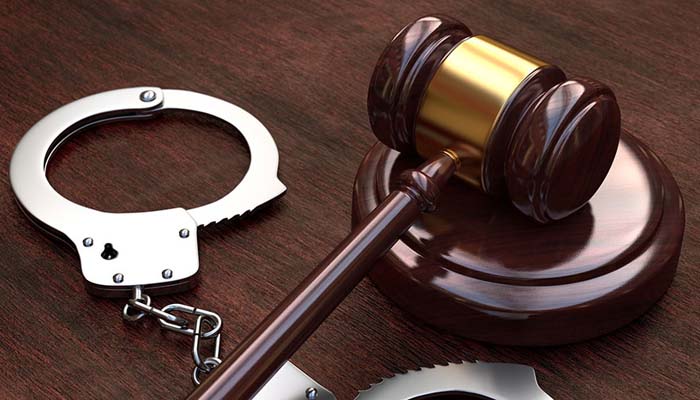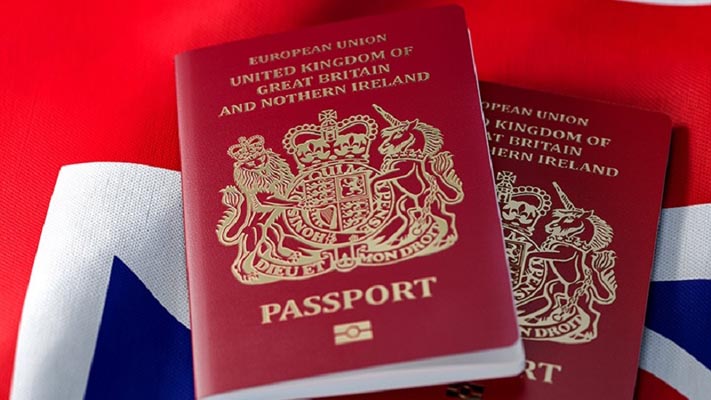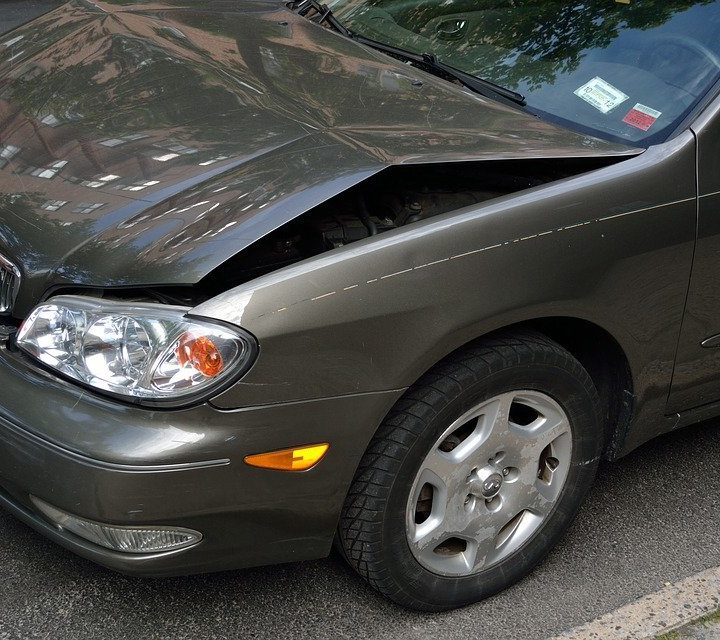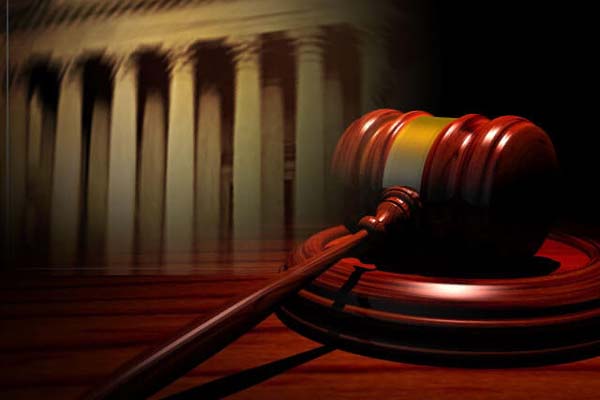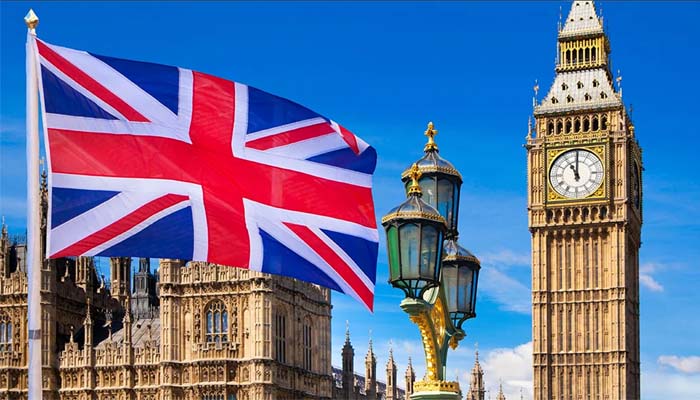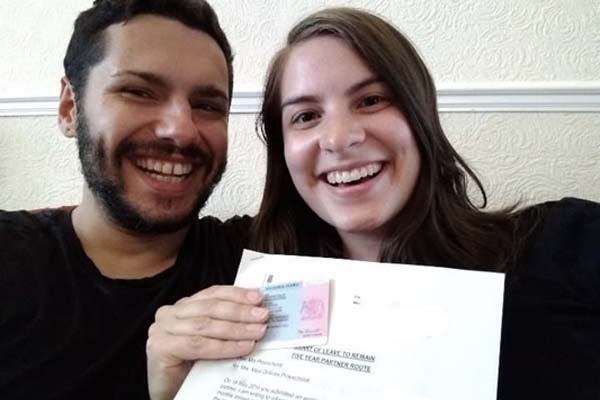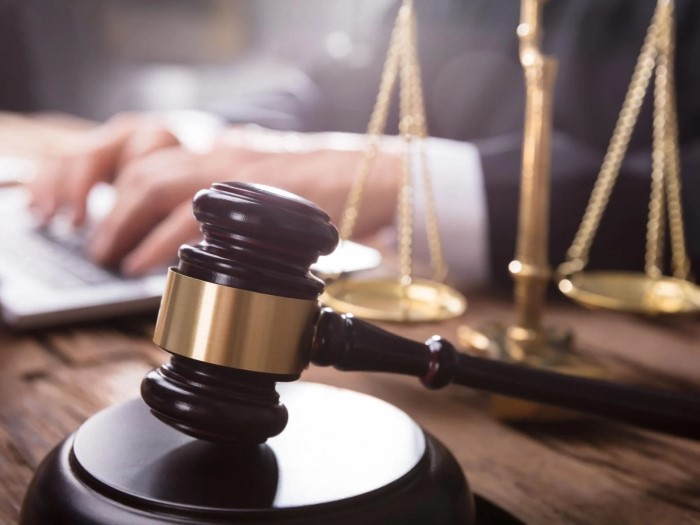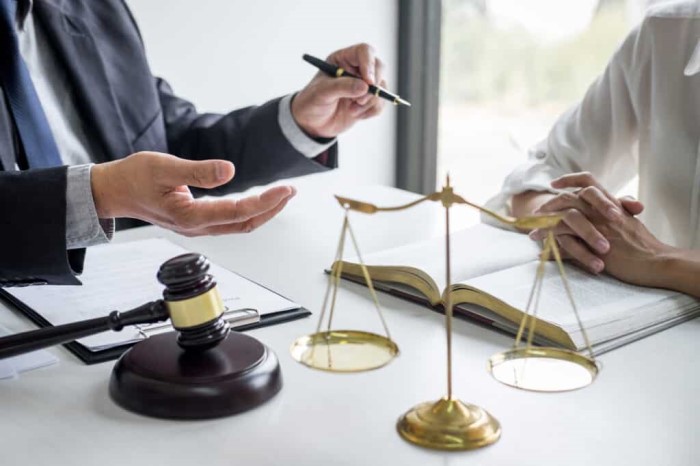Table of Contents
ToggleIntroduction to Avandia
Remember that time you thought you found the perfect solution for your type 2 diabetes? You probably did some research, talked to your doctor, and finally decided to give Avandia a shot. But little did you know, this seemingly helpful pill could turn into a nightmare.
Avandia, a medication manufactured by GlaxoSmithKline (GSK), was once a popular choice for managing blood sugar levels. However, a dark cloud started to loom over it when studies began linking it to an increased risk of heart attacks and other cardiovascular problems. It was like discovering your favorite chocolate bar is actually poison.
What is Avandia?
Avandia, known by its generic name rosiglitazone, is an oral medication used to control blood sugar levels in people with type 2 diabetes. It belongs to a class of drugs called thiazolidinediones, which work by increasing the body’s sensitivity to insulin. For many patients, Avandia seemed like a breakthrough, offering a new way to manage a challenging condition.
Initial Popularity and Usage
When Avandia first hit the market, it was hailed as a wonder drug. Doctors prescribed it widely, and patients embraced it, hoping for better control over their blood sugar levels. The drug’s ability to help the body use insulin more effectively made it a go-to option for those struggling with diabetes management. But as with many things that seem too good to be true, trouble was brewing beneath the surface.
The Dark Side of Avandia
Emerging Concerns: Heart Risks
It wasn’t long before reports started emerging about the potential dangers of Avandia. Patients and doctors began noticing a worrying trend: an increase in heart-related problems among those taking the drug. This wasn’t just a small uptick in cases; it was a significant and alarming pattern.
Scientific Studies and Data
In 2007, a pivotal study published in the New England Journal of Medicine sent shockwaves through the medical community. The study suggested that Avandia could increase the risk of heart attacks by 43%. This was a staggering statistic, one that couldn’t be ignored. Other studies soon followed, corroborating these findings and adding to the growing concerns about the drug’s safety.
Patient Experiences and Testimonials
For many patients, the realization that Avandia might be harming them was devastating. They had trusted the medication to improve their health, not jeopardize it. Stories began to surface of individuals who had suffered heart attacks or other cardiovascular events after starting Avandia. These personal accounts added a human face to the statistics, making the issue even more pressing.
Regulatory Scrutiny and Warnings
FDA Involvement and Actions
As the evidence against Avandia mounted, regulatory bodies around the world took notice. In the United States, the Food and Drug Administration (FDA) issued a safety alert, warning doctors and patients about the potential risks. The FDA also required GSK to add a black box warning to Avandia’s packaging, the most severe warning they can mandate.
International Responses
Other countries followed suit, with some even suspending the drug’s sale altogether. In Europe, Avandia was pulled from the market in 2010 due to the cardiovascular risks. The global response was a clear indication that Avandia’s reputation had been severely damaged.
The Legal Storm: Avandia Lawsuits
The Onset of Lawsuits
With the growing body of evidence against Avandia, it was only a matter of time before the lawsuits began. Patients who had suffered heart attacks, heart failure, or other serious health issues while taking Avandia started seeking justice. They argued that GSK had failed to adequately warn them about the risks, leaving them vulnerable to severe harm.
Key Allegations Against GSK
The lawsuits against GSK were centered on the accusation that the company had known about the risks associated with Avandia but chose to downplay them to protect their profits. Plaintiffs alleged that GSK had engaged in deceptive marketing practices, prioritizing sales over patient safety. These were serious charges, and they set the stage for a legal battle of epic proportions.
GSK’s Defense Strategy
Company Statements and Arguments
GSK didn’t take the allegations lying down. The company defended itself vigorously, arguing that the risks associated with Avandia had been exaggerated. They maintained that the benefits of the drug outweighed the potential dangers and that they had acted responsibly in bringing Avandia to market.
Public Perception and Media Coverage
Despite GSK’s efforts to defend its actions, public perception was largely against the company. The media coverage of the lawsuits was intense, with many outlets portraying GSK as a corporate giant that had put profits over people. This negative publicity only added to the pressure on GSK to resolve the legal issues quickly.
Settlement and Compensation
Breakdown of the $3 Billion Settlement
In 2012, GSK decided it was time to put an end to the legal rollercoaster. They agreed to settle thousands of Avandia lawsuits for a whopping $3 billion. This settlement was one of the largest of its kind, reflecting the severity of the allegations and the number of people affected.
Impact on GSK’s Reputation
While the settlement brought some relief to the affected patients, it was a bitter pill for GSK to swallow. The financial cost was substantial, but the damage to the company’s reputation was even more significant. GSK had once been seen as a leader in diabetes treatment, but the Avandia controversy tarnished that image, leaving a lasting stain on the company’s legacy.
The Aftermath and Long-Term Impact
Continued Patient Suffering
For many patients, the settlement money was a small consolation for the suffering they endured. The physical and emotional toll of the health problems caused by Avandia didn’t disappear with the end of the lawsuits. Some individuals continued to deal with chronic health issues, while others struggled with the psychological impact of having trusted a medication that ultimately harmed them.
Physical and Emotional Consequences
The scars left by Avandia are both physical and emotional. Patients who suffered heart attacks or other cardiovascular events often faced long recovery periods, with some never fully regaining their health. The emotional impact of these experiences was equally profound, leaving many feeling betrayed and disillusioned by the healthcare system they had trusted.
The Pharmaceutical Industry’s Lessons
Importance of Transparency and SafetyThe Avandia saga serves as a stark reminder of the importance of transparency in the pharmaceutical industry. Drug companies have a responsibility to ensure that their products are safe and that patients are fully informed about potential risks. The consequences of failing to do so can be devastating, both for the patients involved and for the companies themselves.
Steps Taken by the Industry
In the wake of the Avandia controversy, there have been calls for greater scrutiny of new drugs before they reach the market. Regulatory bodies have tightened their requirements, and pharmaceutical companies have become more cautious about how they present their products to the public. These changes aim to prevent a repeat of the Avandia debacle, ensuring that patients’ safety is always the top priority.
Conclusion
The Avandia lawsuit is a cautionary tale that highlights the critical importance of drug safety and transparency. While the legal battles have ended, the impact on patients’ lives will continue for years to come. The pharmaceutical industry has learned some hard lessons from this case, and it is essential that these lessons are applied to prevent similar tragedies in the future. Patients



